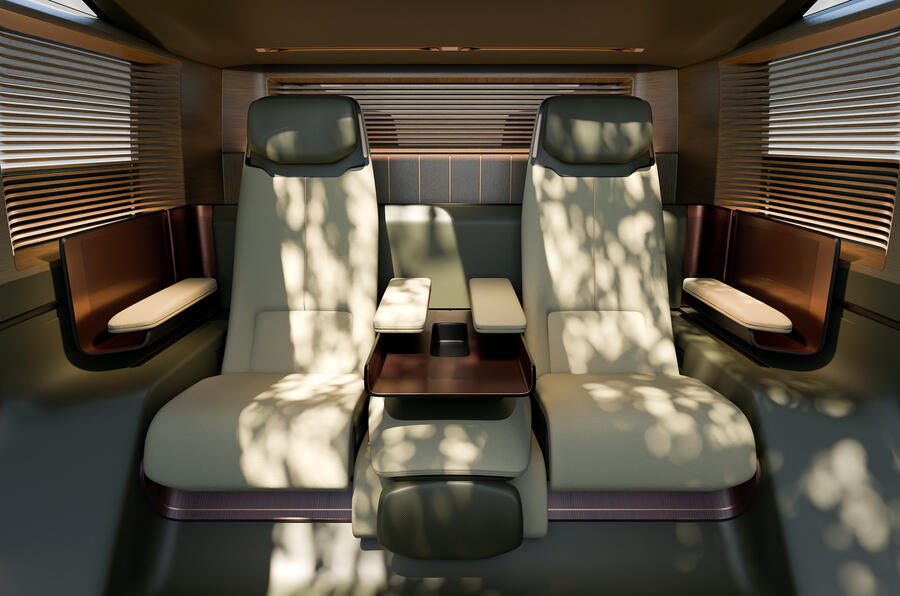The future of the luxury car is not saloon-shaped, says Lexus as it totally reinvents its flagship model
Lexus has reinvented its LS flagship as a futuristic, six-wheeled MPV in a bid that redefines the concept of a luxury car.
The striking new VIP shuttle – revealed at the Tokyo motor show – has been designed as a “private sanctuary” that “invites you to discover your own space”, the company says, while previewing a dramatic revamp of the brand’s design hallmarks and positioning.
Simon Humphries, head of design for Toyota and Lexus, said Lexus will be afforded greater creative freedom now that Toyota has spun out its Century brand out into a dedicated luxury marque that sits at the top of the portfolio.
Humphries said Lexus aimed “to challenge your perception of what a luxury brand can be” – an ethos showcased by the radical new LS concept – under the new brand motto: ‘To Discover’.
The bold rethink of the LS comes as traditional saloons fall out of favour with luxury car buyers globally – particularly in the crucial Chinese market, where upmarket MPVs are enjoying a renaissance.
Lexus has already introduced a luxury MPV to its European ranks in the form of the hybrid-powered LM, but the LS concept envisions an all-new range-topper which would sit above that as a top-drawer luxury proposition which could ultimately rival the likes of the Bentley Bentayga and Rolls-Royce Cullinan.
The six-wheel arrangement has been chosen for the greater interior space it affords, said Lexus, with smaller wheels used on the rear axle to minimise the incursion of the arches into the floorpan.
“Since the LS first came out in 1989”, said Ian Cartabiano who runs Toyota’s Californian design studio, “the rules of the luxury market have changed. Executive sedans use to rule the world, but now they’re fighting a losing battle with SUVs.”
He said luxury car buyers “want the space and freedom to curate their time with maximum efficiency – and they aren’t afraid to challenge the status quo in pursuit of that ideal”.
Hence, ‘LS’ no longer stands for ‘luxury saloon’ as it did when the seminal Lexus limo was launched in 1989, but rather ‘luxury space’.
Cartabiano said the “grand entrance was the starting point of this concept’s conception”, with the sliding door giving way to a cavernous, tech-heavy four-seat rear cabin that’s flexible in format and upholstered in rich, high-quality materials.

Designed first and foremost as a chauffeur-driven vehicle the LS also features an unusual steering yoke device in place of a wheel – hinting that the LS is equipped with by-wire steering like the new Lexus RZ – backed by a wraparound digital display arrangement and flanked by big, chunky buttons for the core vehicle controls.
No technical specifications or dimensions of the LS concept have been revealed, and the firm has not officially given any indication of plans to put it into production, but it no doubt theoretically uses a variation of Toyota’s ‘E-TNGA’ modular architecture and shares components with other, more mainstream EVs in the line-up.
Alongside the LS concept which previews a radical reinvention for its halo product, Lexus also unwrapped a new LS Coupé SUV in the mould of the Porsche Cayenne and BMW iX (which appears much more viable for production in the short-term), and a single-seat Micro LS concept which aims to downsize the ‘luxury saloon’ experience to suit tightly packed modern cities.
“Lexus has always been about more than just four wheels”, Humphries said, referencing not just the brand’s expansion beyond pure automotive products into the lifestyle and property markets, as well as other forms of mobility including marine and aircraft – but also the LS concept’s unusual six-wheel format
Source: Autocar
